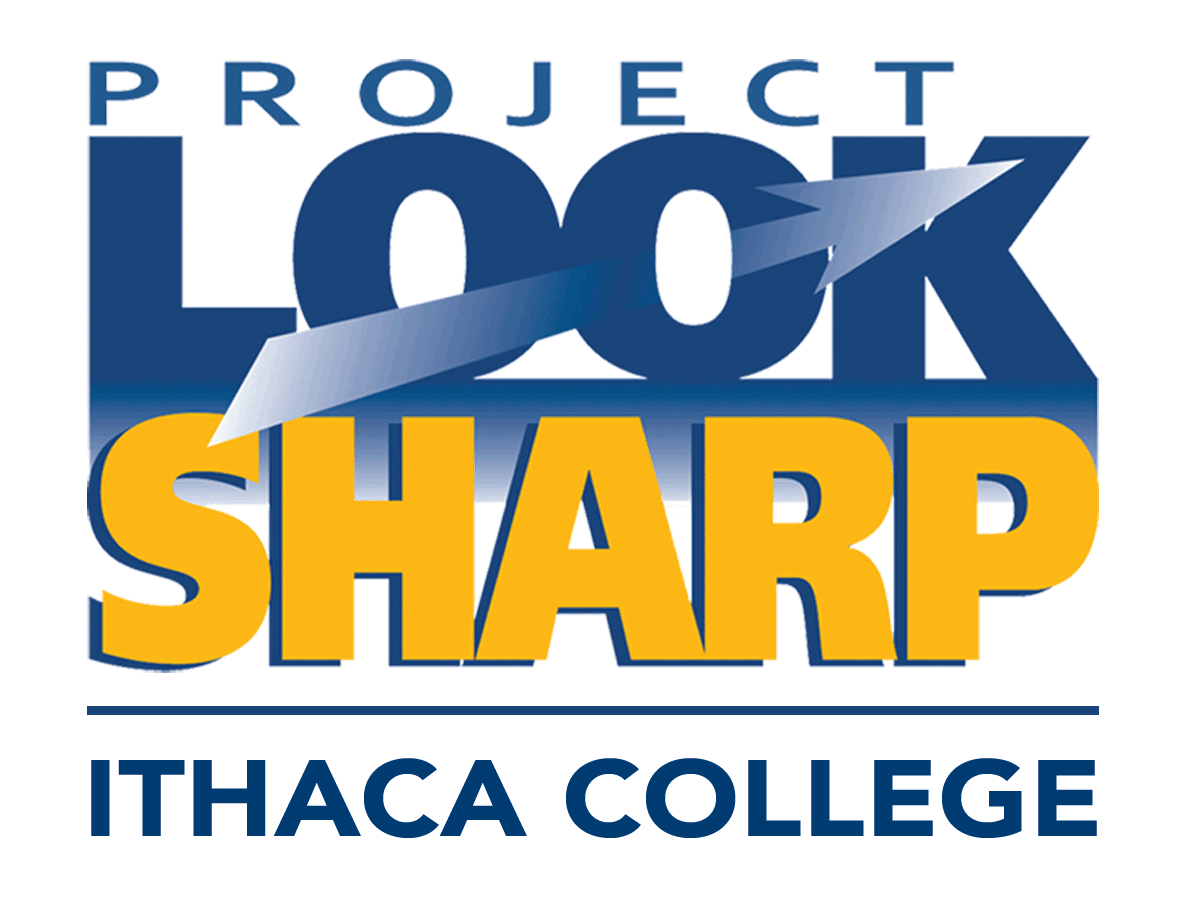ACT Awareness and Critical Thinking Activities for Teaching about Misinformation in Grades K-5
WELCOME to ACT, a flexible set of interconnected K-5 lessons and activities that help students learn how to detect, avoid, and resist online misinformation.
3. Facts and Frames
The concept of “framing” is deceptively simple: All media makers make choices about what to include and exclude. An understanding of framing makes it possible to analyze such essential things as the constructed nature of media and common misinformation techniques such as “cherry picking,” i.e., factual but incomplete information that intentionally leaves out relevant material.
Frames can be created in many ways. Choice of words, subject matter, or sources are common framing techniques. For young children, it’s best to stick with concrete examples, so ACT focuses on literal frames – identifying the edges of a photograph, film screen, TV, or painting as easy-to-spot frames with some things inside and some things left out.
Students will learn that
- Frames exist and that media makers and artists choose what to include and exclude. (primary objective for the youngest students)
- It is important to routinely ask “What’s missing from the frame that would be important to know?” (primary objective for upper elementary students)
- No media maker can include everything. That forces ethical and storytelling choices that affect messages, interpretations, and often, real people (audiences).
- Social media influencers and others who post online don’t always disclose what they leave out. This can give followers the false impression that things are easier or more perfect than is true in real life. We need to be aware of this possibility before comparing ourselves to people on social media, taking their advice, or copying them.
Routines that Support Understanding Frames
Look for opportunities to ask the question “What’s missing that is important to know?” For example, use the question as a way to:
- Encourage students to consult multiple sources on topics of interest. Perhaps, instead of automatically recommending a second related title to a student who enjoyed a book on sharks, challenge them to think about what’s missing from that single source and show them how to find another book that fills some of the gaps.
- Help students analyze an ad or social media video that has influenced them.
- Review student-created media, including things like flyers for school events.
Activities
Framing for Beginners
Framing and Storytelling
Frames, FOMO, and Viral Trends
For Reinforcement
What Story Does the Picture Tell?
Shorts: Be Internet Awesome - “Frame It”
Shorts: House Hippo
Shorts: Book Club
© Awareness & Critical Thinking (ACT) Program, Texas Woman’s University, 2024 was developed by Dr. Faith Rogow, InsightersEducation.com as part of the ACT Program led by Dr. Tara Zimmerman, Texas Woman’s University. This project was made possible in part by the Institute of Museum and Library Services, IMLS grant #2023-057. Educational use is encouraged. All media examples are either public domain or protected by fair use. Requests to re-publish, duplicate, or distribute any ACT document outside of educational settings or for profit should be directed to Dr. Zimmerman.
